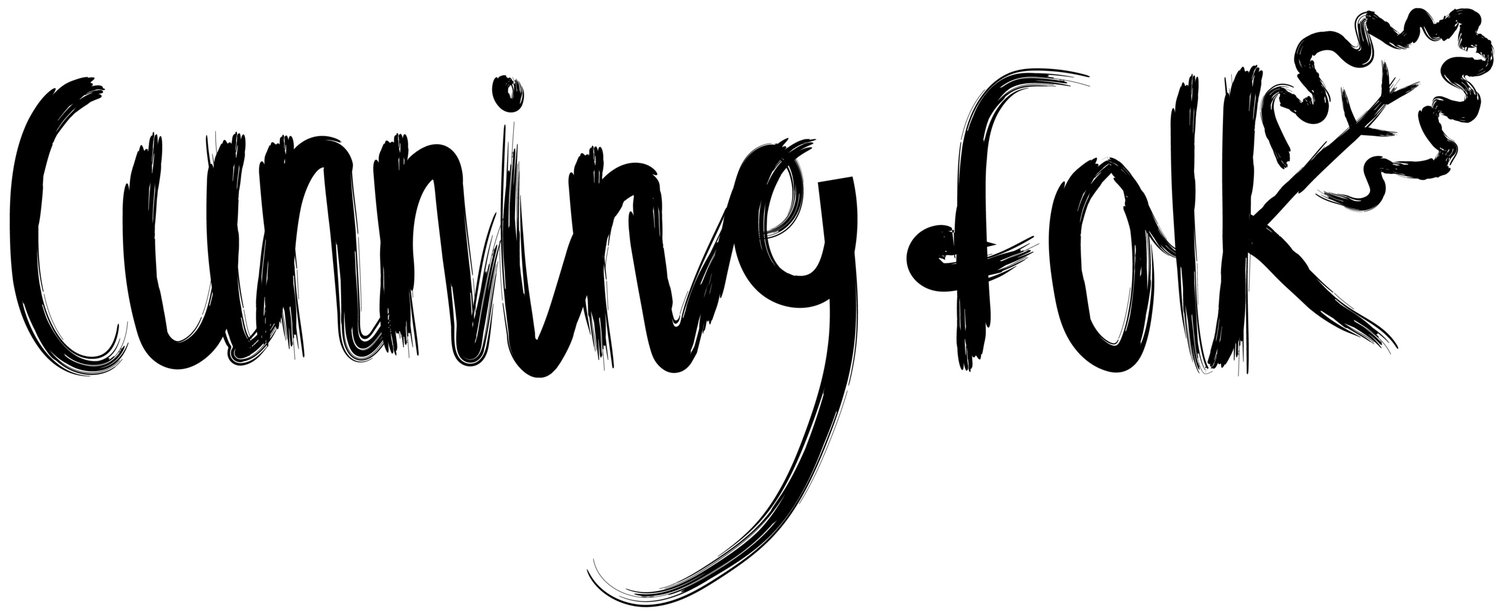The power of aroma has been employed at least since the advent of the written word. The ancient Egyptians used a variety of fragrances for bathing, healing and even embalming their dead. Aroma has been used as a magical resource to connect to spirit, known by many names from different cultures. Walk into a Hindu temple or a Catholic church at the right moment and you will smell the burning incense of Frankincense—and it will help you transcend. So often we forget about this sense, prioritising sight and hearing, but there is much to be gained from paying attention.
Aroma is intoxicating. Upon the inhalation of a scent you are transported into another world; memory is evoked, feelings and sensations arise in the body. Much like when Proust’s Swann tasted a madeleine dipped in lime blossom tea and was plunged into the past, or more explicitly regarding scent, the way Oscar Wilde begins A Picture of Dorian Gray and transports us to that room: “The studio was filled with the rich odour of roses, and when the light summer wind stirred amidst the trees of the garden, there came through the open door the heavy scent of the lilac, or the more delicate perfume of the pink-flowering thorn”. We can say that scent, like the other sensory triggers, can be a portal.
What actually happens when we smell a fragrance? On a physiological level the inhalation of aroma sparks change within the body; on a more energetic level it allows your body and mind to interact and react to the plant's essences. To me, the fragrant essence of plants have magical powers, if magic is the power of change. The magician is the person who wields it, in this case the aromatherapist..
To better understand how to harness the powerful aromas of plants let me introduce you to the Fool's Journey, a term you may have come across to explain the general narrative arc in the Major Arcana Tarot. It might seem like a leap, but stay with me. Storytelling is useful when working with aroma. At least I have found it to be.The first card in the Smith-Waite tarot deck is the Fool. The Fool is depicted as a young man about to embark on a journey. The journey the Fool takes is depicted in the tarot cards that represent universal archetypes and moments within our lives. It is a journey and a cycle that mimics all the tribulations, joys and lessons that we experience as humans. It mirrors the archetypal stories we see in fairy tales, and indeed in all variety of narrative forms, from films to novels. The unexpected changes that happen to a protagonist along the way--or to us--are actually quite predictable. Like when a hero is sent on a quest, we face inevitable obstacles in life. They lead us off course and offer us a chance to learn, grow, gain wisdom and transform. We are also changed by the people we meet along the road: parents, lovers, oppressors, wise people such as the hermit depicted in the tarot deck, or in my mind, the witch figure, like Baba Yaga, who we meet in the forest.
I use Aromatherapy as a tool to help guide people along their Fool's Journey. The process is a magical quest--the job of the aromatherapist? The witch wielding the spirits of the forest. The therapist, with a certain anonymity and objectivity, sees the person as they are, discovers where they have been and what steps they need to take to get to where they need to go. Aromatherapy is far more than beautiful smells if you focus your intention and let the fragrance in, though that is an enjoyable aspect of this strange art.
Aromatherapy Magic is indeed a beguiling art form; it helps your mind find a path and walk along it, with the helping aid of plant extracts, ritualistic exercises, and spellwork. Every plant essence has a quality and energy within its cells—each has its own magic, or plant spirit. Finding what plant fragrance will give your mind what it needs is the magician’s task. It is the work of the protagonist to find the courage to set out on this quest and transform.
An Aromatherapist is not often the first person you would think to turn to find healing or personal development. There are so many therapies out there it can be hard to choose. But if you are willing to open up to its process and make time for what it asks, if you have an inclination to listen to the spirits of the earth and let them guide your way, it may just be the therapy for you.
In the meanwhile, there are ways of being more receptive to the plant scents we encounter daily though seldom think about. You may pass a Mexican Orange Blossom on your daily walk. Inhale the aromatic spices that drift through residential areas at dinner time. Your bath bomb may be infused with neroli, patchouli or jasmine. Walking into a holy place, you may pick up frankincense and myrrh. What are these plants saying to us? Listen closely—alone or with a guide—and we might understand.
A short exercise for thinking differently about plant aromas
Procure fresh rosemary, either from a garden or shop. Brew with freshly boiled water. After 5 minutes, sit down comfortably, relax your muscles,, hold the cup close to your face and inhale the scent of the freshly brewed tea. Continue to breathe deeply and close your eyes. Think about how it makes you feel. Locate yourself. You might imagine summer, and the heatwave warming up the rosemary bush and sending it into the wind. You may be in the garden on a warm day, or cycling down a country road, and you inhale the scent. You may be in the kitchen infusing rosemary with diced tomatoes and olive oil. The fragrance fills the air. After 2-5 minutes of deep breathing and inner journeying, write down your visions in a notebook under the sub-heading Rosemary. This may be a chain of words, a half-formed or fully formed sentence; it might be a recollection of a memory, or a story. Re-visit it after a month, and then in a year, and see whether you can return to this feeling and this place and reflect on what has changed.
We can explore scents alone to an extent, but as with most magical arts, it can be a deeper practice with experience and training, or when guided by a skilled practitioner. To delve deeper into the aromatherapy magic, book your aromatherapy package with Phoebe Howe now via our shop. Phoebe will concoct a potion for you and a series of exercises, designed with your individual needs in mind.








